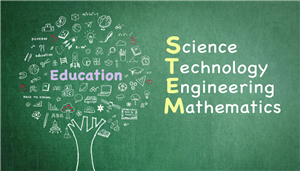Projects
Page Navigation
-
3rd Grade
-
Force and Motion (6 weeks)
Within this unit, our 3rd graders gain an introduction to basic physics and learn about the interrelation between force and motion. Students are first introduced to the concepts by reading selected texts on how forces make thing move. After reading about these introductory concepts, students are engaged in hands-on activities to witness forces in motion such as stomp rocket activities, tug of war, and a car push exploration. Students then apply their newly gained knowledge from the readings and activities to a rover design project/experiment in which they test different propulsion sources (ramp, rubber band, balloon) to see which is most efficient. This activity is then followed by another experiment in which the students test different wheels on their rovers on different textured surfaces (sandy, flat, rocky) to see which wheels are most efficient for each specified surface. If students complete these units early, we have also created an extension activity where the students apply the concepts behind the previous activity to build, design, and program a rover utilizing LEGO Robotics equipment.
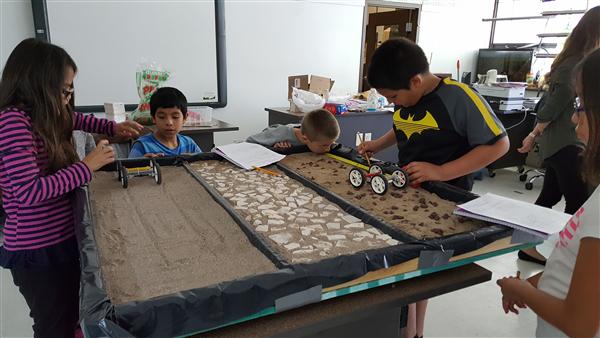
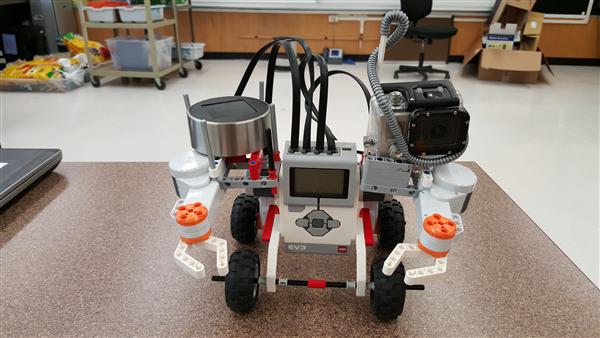
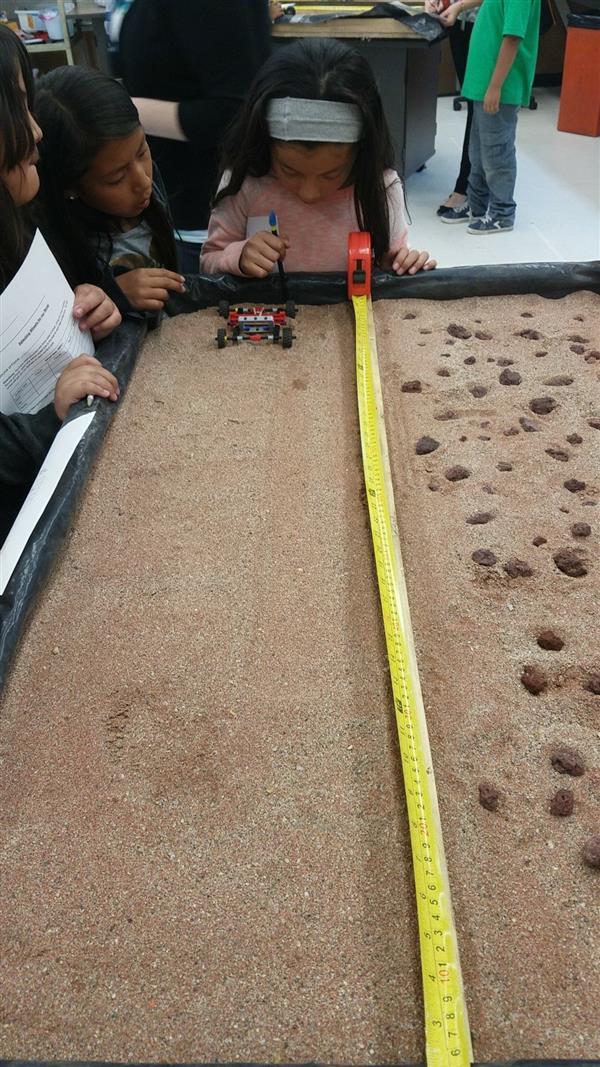
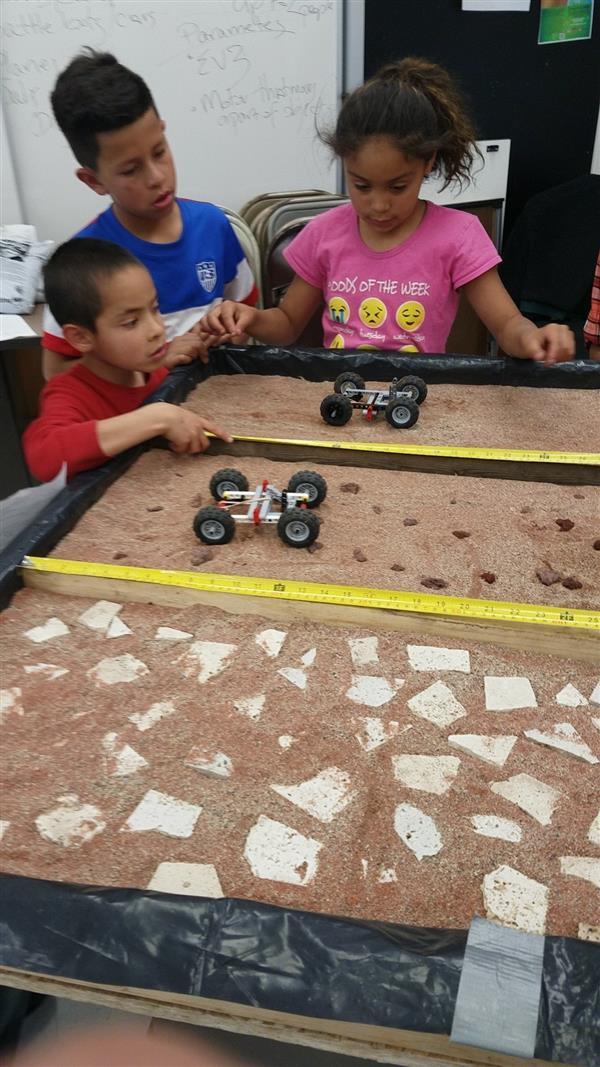
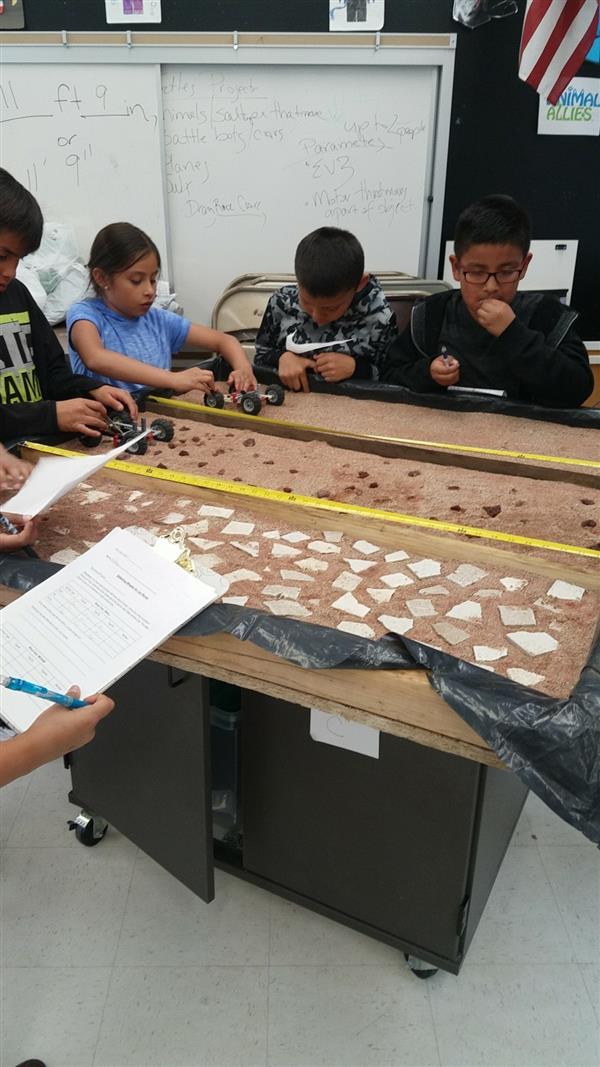
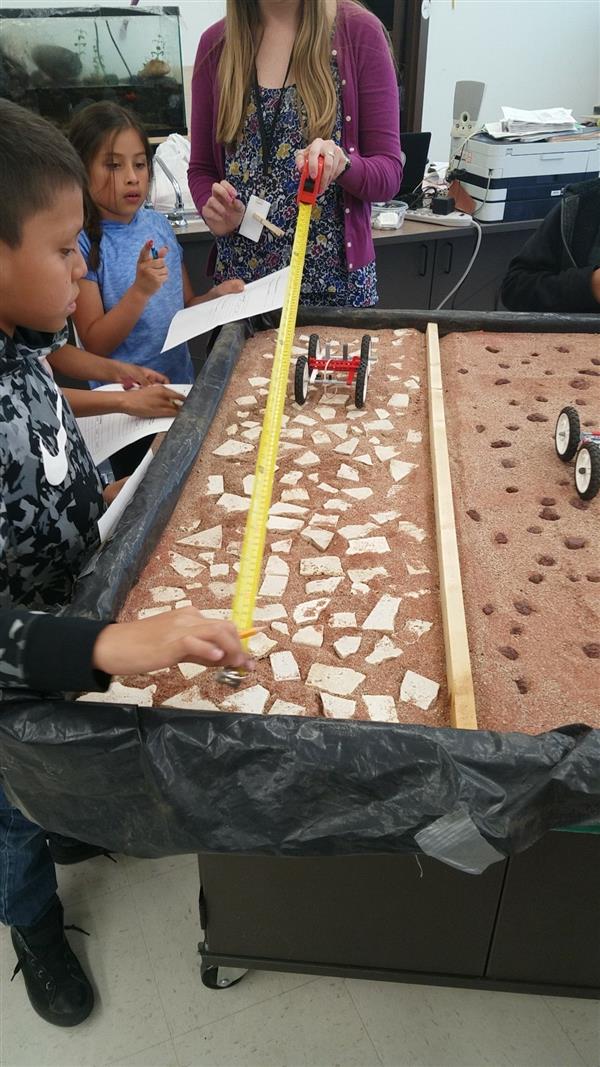
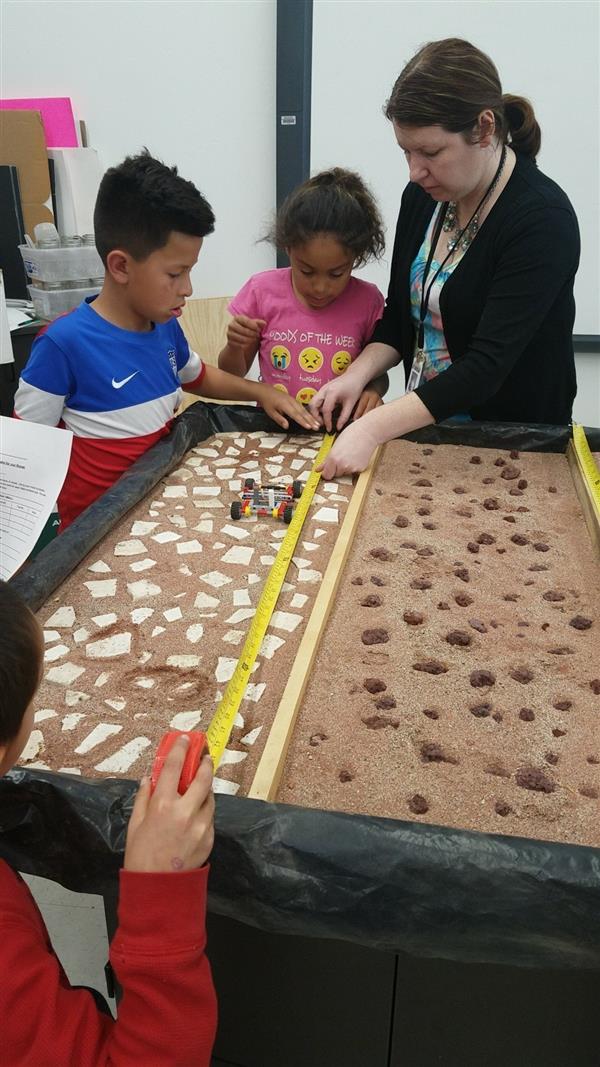
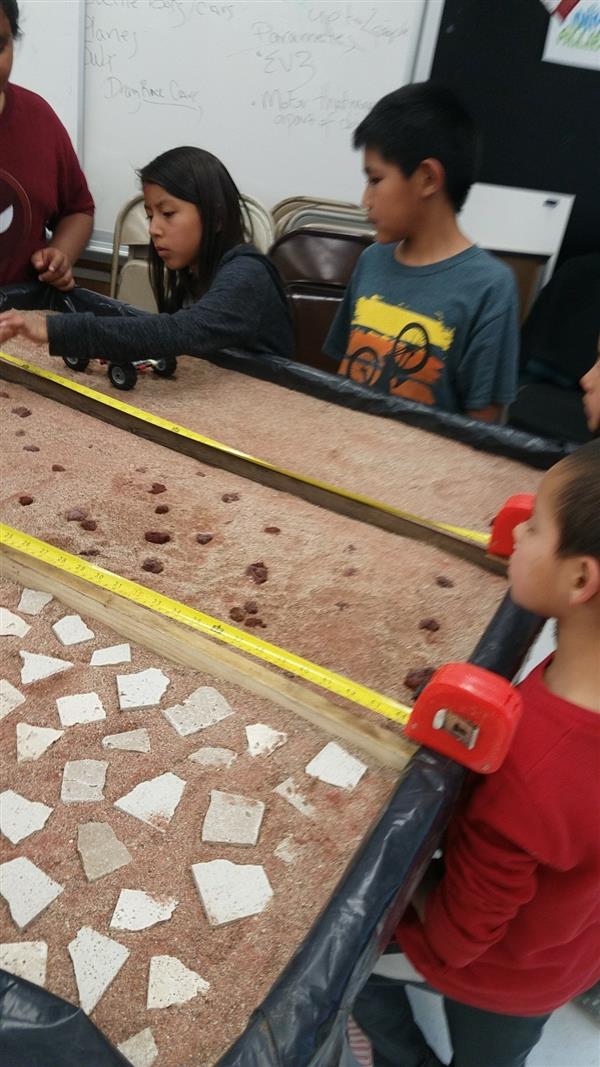



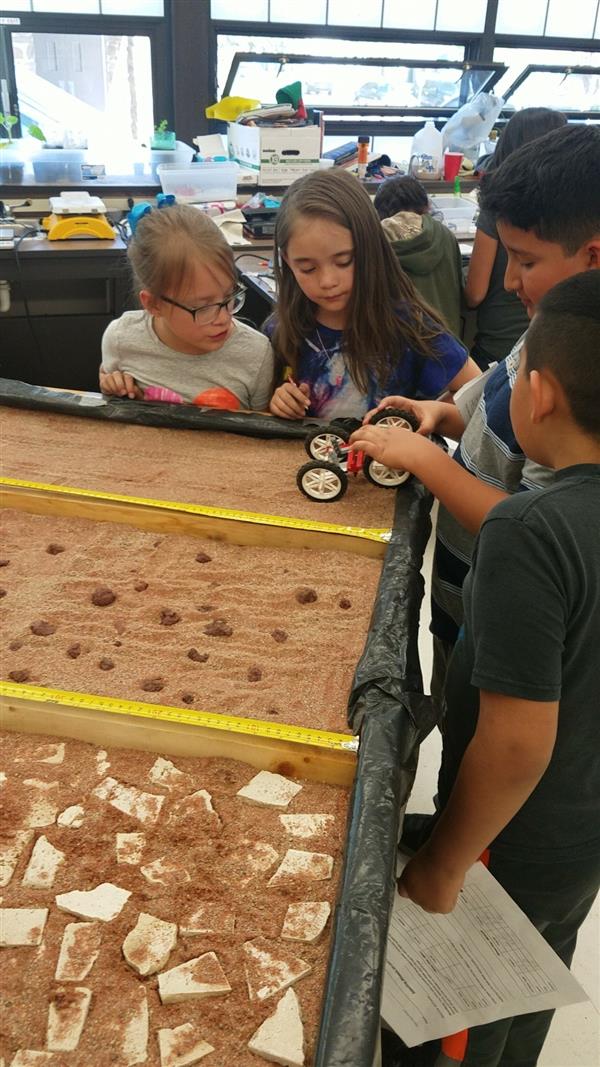

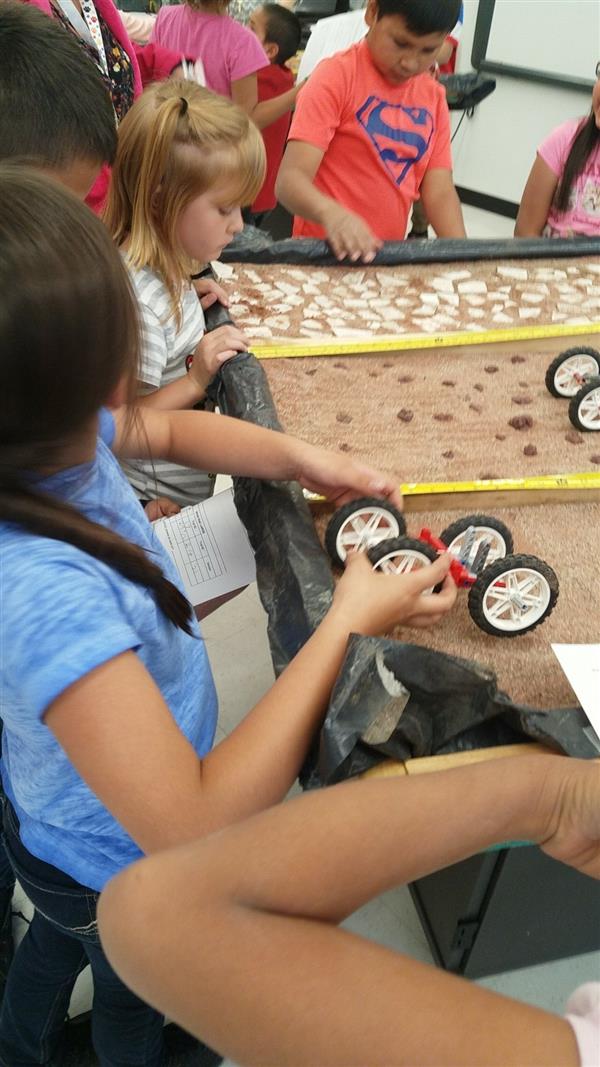
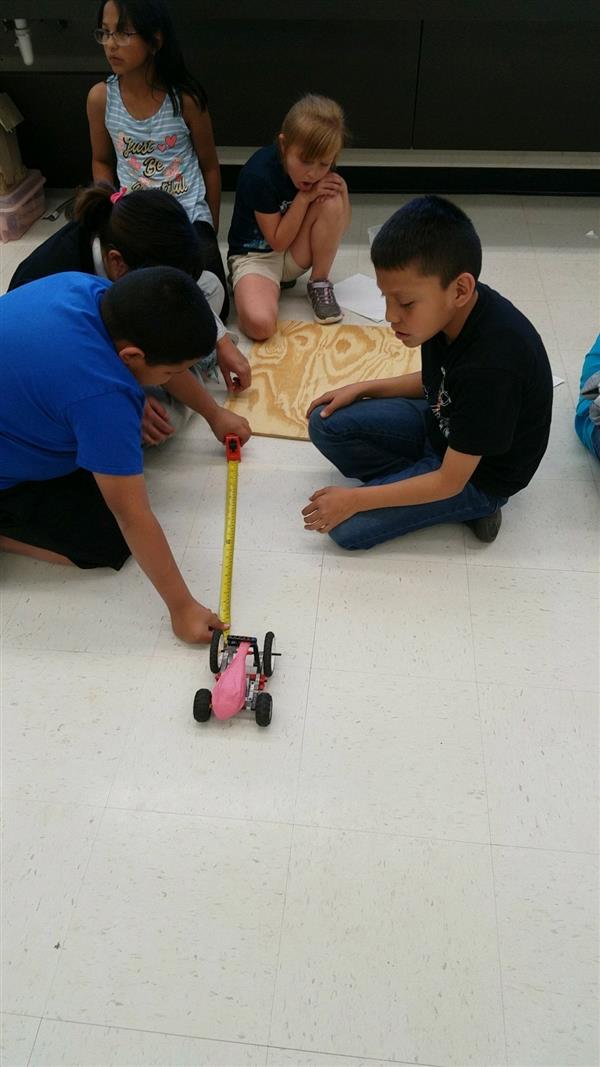
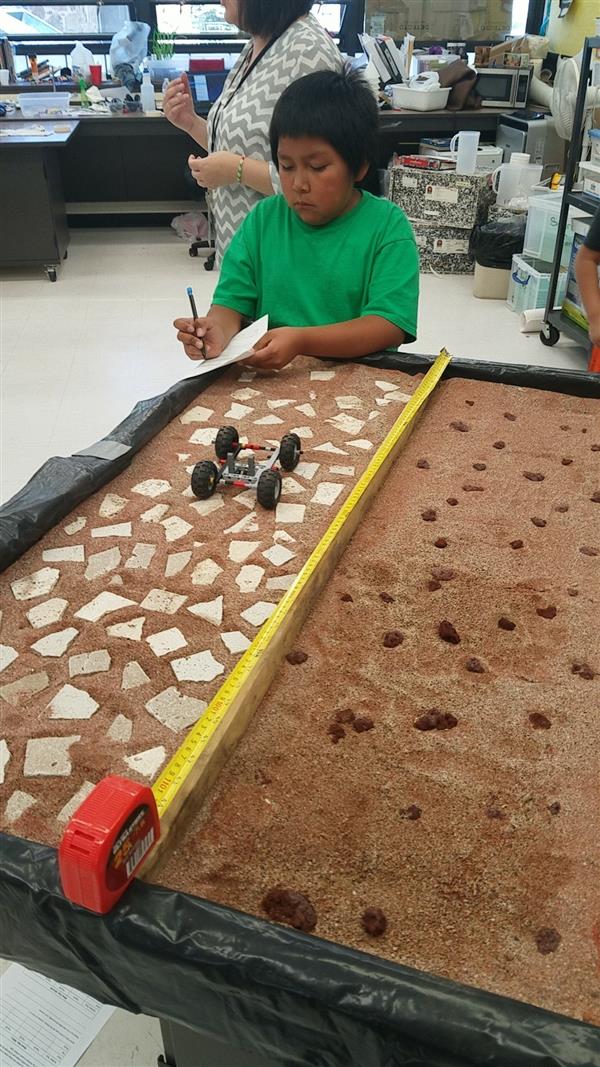
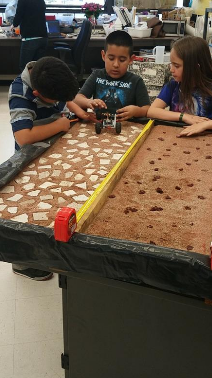

-
Life Cycle Unit (5 weeks)In this unit, 3rd grade learns about the stages of life cycles in various organisms from growth and development to death and decay. Students research various differentiating organisms to understand that they have unique properties in how each stage of life is undergone but share the similarities of birth, growth, reproduction and decay.
-
Weather and Climate (5 weeks)In this unit, our 3rd graders are introduced to the basics of meteorology in which they understand the underlying concepts behind weather and climate. Students begin by reading selected texts provided by National Geographic to understand basic vocabulary and content of weather, in which they develop a graphic organizer for comprehension. Students then apply their knowledge to local relevance by observing and recording the daily weather for Flagstaff as well as making predictions for tomorrow's weather based on their knowledge. Students also are introduced to understanding the differences between weather and climate as well as the theories behind global warming/climate change.To introduce real world application and implement problem based learning, we engage our students with a project to undergo a cost-benefit analysis on whether to use salt or cinders on icy roads around Killip. As this is an example of Problem Based Learning, we initiate this project by having our students read selected news articles by the AZ Daily Sun to understand the pro's and con's of utilizing salt and cinders on icy roads. As a result of reading these selected articles, each student writes an opinion piece to the school principal based on their knowledge to which resource Flagstaff should use to mitigate icy roads around Killip.
-
Aligned Standards:Force and Motion UnitELA
- 3-RI-1: Ask and answer questions to demonstrate understanding of a text, referring explicitly to the text as the basis for the answers.
- 3-RI-8: Describe the logical connection between particular sentences and paragraphs in a text (e.g., comparison, cause/effect, first/second/third in a sequence).
- 3-PS2-1: Plan and conduct an investigation to provide evidence of the effects of balanced and unbalanced forces on the motion of an object.
- 3-PS2-2: Make observations and/or measurements of an object's motion to provide evidence that a pattern can be used to predict future motion.
Life CycleELA- 3-RI-7: Use information gained from illustrations (e.g., maps, photographs) and the words in a text to demonstrate understanding of the text to demonstrate understanding of the text (e.g., where, when, why, and how key events occur).
- 3-RI-9: Compare and contrast the most important points and key details presented in two texts on the same topic.
- 3-W-4: Produce writing in which the development and organization are appropriate to task and purpose.
- 3-W-7: Conduct short research projects that build knowledge about a topic.
- 3-LS1-1: Develop models to describe that organisms have unique and divers life cycles but all have in common birth, growth, reproduction, and death
Weather and ClimateELA- 3-RI-2: Determine the main idea of a text; recount the key details and explain how they support the main idea.
- 3-RI-4: Determine the meaning of general academic and domain-specific words and phrases in a text.
- 3-RI-5: Use text features and search tools (e.g., key words, sidebars, hyperlinks) to locate information relevant to a given topic efficiently.
- 3-W-2: Write informative/explanatory texts to examine a topic and convey ideas and information clearly.
- 3-ESS2-1: Represent data in tables and graphical displays to describe typical weather conditions expected during a particular season.
- 3-ESS2-2: Obtain and combine information to describe climates in different regions of the world
- 3-ESS3-1: Make a claim about the merit of a design solution that reduces the impacts of a weather-related hazard.

